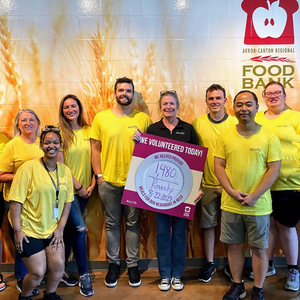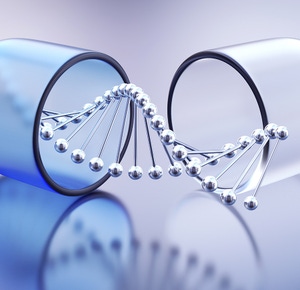Resource Center
Explore Resource Types
All Resources
Filters
25 - 36 of 45 Results
An alternative image-based technique for phytoplankton cell counts in shellfish aquaculture.
Insect cell counting and size analysis using the Cellometer Auto T4 brightfield cell counter.
Cell counting repeatability and consistency using the Cellometer Auto T4 brightfield cell counter.
Biochemical binding ADCC assays utilizing AlphaLISA toolbox reagents for the characterization of hIgGs and FcγR1A
Antigen-stimulated PBMC cytokine release measured by AlphaLISA bovine cytokine kits
Simultaneous detection of drug efficacy and toxicity by combining HTRF, AlphaLISA, or AlphaLISA SureFire Ultra with ATPlite
A fast and simple chemiluminescent assay for monitoring of DNA-protein interactions
Protocol optimization for detection and quantification of membrane-bound proteins using AlphaLISA technology
Characterizing chemokine receptor inhibitors with AlphaLISA SureFire Ultra, Alpha SureFire Ultra Multiplex and LANCE Ultra cAMP assays
Measuring strong to weak binding interactions with AlphaLISA
Functional GPCR Studies Using AlphaScreen cAMP Detection Kit
Comparison of EMT Biomarker Expression in 2D Monolayer and 3D Spheroid Cultures in a Prostate Cancer


Looking for technical documents?
Find the technical documents you need, ASAP, in our easy-to-search library.


































